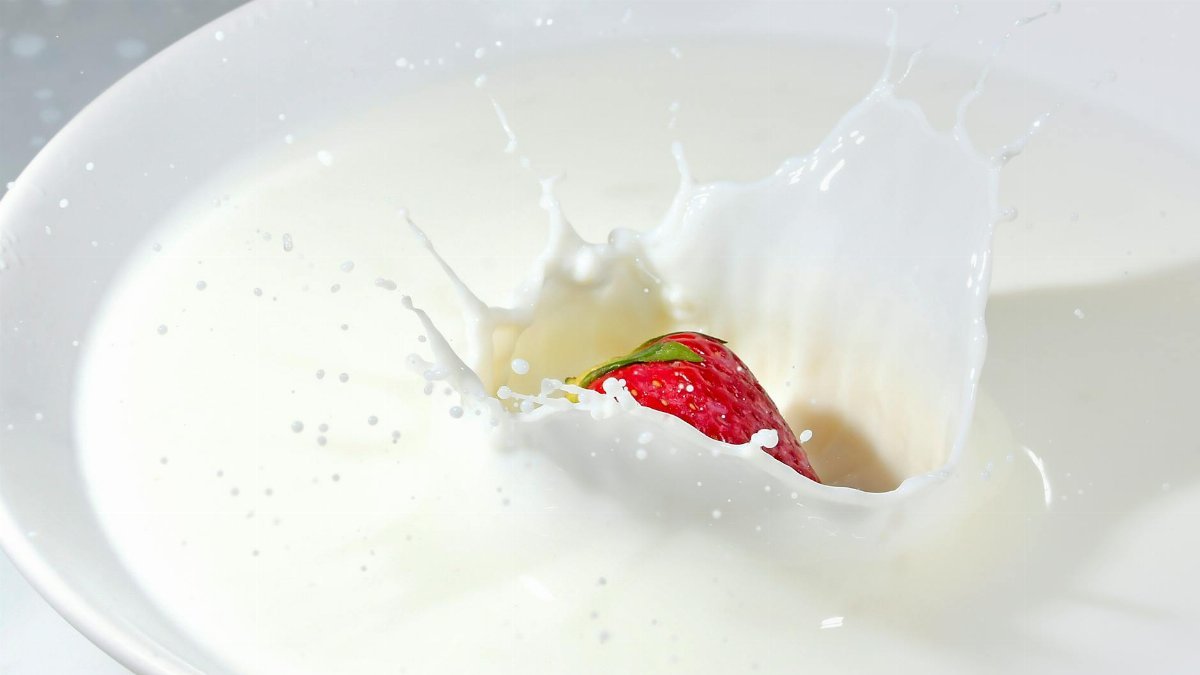What if the key to unlocking your best workout isn’t just about sweat and grit, but something far simpler—your plate? For many Americans juggling busy schedules and fitness goals, the question of what to eat before exercise looms large. The concept of pre workout foods glycemic impact, or how quickly certain foods raise blood sugar, is gaining traction as a way to optimize energy and performance. A slow-release carb might sustain you through a long run, while a quick spike could leave you crashing mid-set. As gym-goers and health enthusiasts rethink fueling strategies in 2025, understanding this balance is becoming essential. This isn’t just science—it’s personal. So, let’s break it down with 14 pre-workout foods, ranked from lowest to highest glycemic impact, to help you choose what powers your next session without the guesswork.
1. Lentils: A Slow-Burn Powerhouse
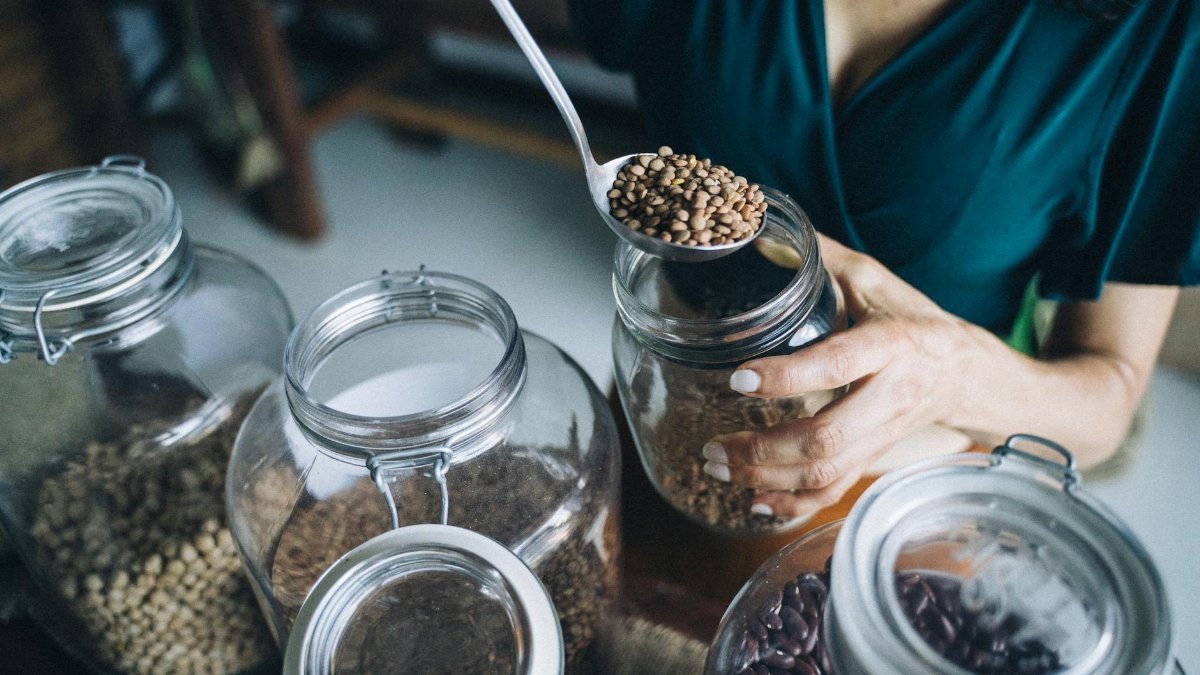
Lentils sit at the bottom of the glycemic index (GI) with a score of around 21-32, depending on preparation. This makes them a stellar choice for sustained energy. A half-cup serving offers complex carbs and protein, keeping blood sugar steady. Picture a chilly morning in Seattle, where a runner spoons up lentil stew before heading out—hours later, they’re still pushing strong. Studies from the National Institutes of Health highlight lentils’ role in stabilizing glucose, ideal for endurance. Mix them into a salad or soup about two hours pre-workout for best results.
The beauty of lentils lies in their versatility. They don’t demand fancy prep—just a quick boil or a can from the pantry. For those wary of digestive discomfort, start small. They’re a quiet hero in the pre-workout game.
2. Chickpeas: Steady Fuel with Fiber
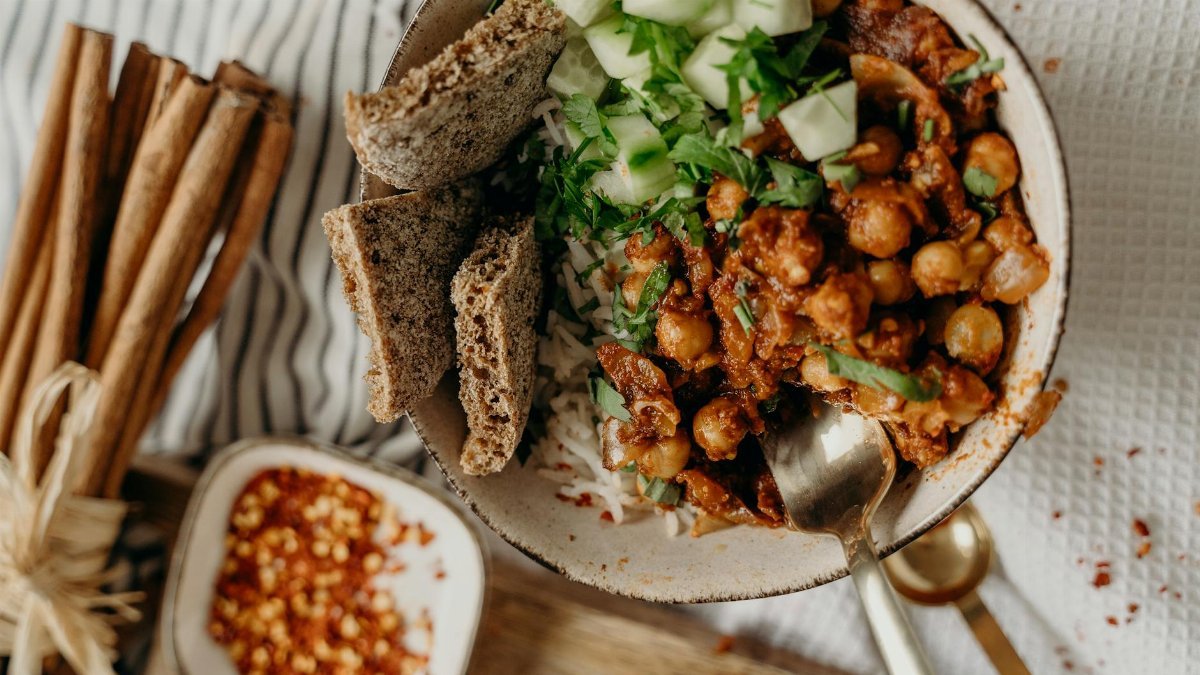
Chickpeas, with a GI of about 28, are another low-impact option. They deliver a mix of carbs and fiber, slowing digestion for a gradual energy release. A small bowl of hummus with veggies can be a perfect pre-gym snack. Research from Harvard T.H. Chan School of Public Health notes their benefits for blood sugar control. They’re not flashy, but they work—especially for a midday spin class when you need staying power.
One gym-goer shared how chickpeas became their go-to after constant energy dips. Toss them with olive oil and spices, and you’ve got a snack that feels indulgent yet functional. Timing matters—eat them 90 minutes before to avoid bloating.
3. Quinoa: The Protein-Carb Combo

Quinoa clocks in with a GI of around 53, still on the lower end. It’s a complete protein, rare for plant-based foods, paired with complex carbs. A small serving with fruit can fuel a strength session without a crash. Data from NIH studies supports quinoa’s moderate impact on glucose levels. It’s a staple for many in 2025, especially vegetarians hitting the weights.
Think of a busy parent in Chicago, prepping quinoa the night before. By morning, it’s ready to grab and go. It’s not just food—it’s strategy. Pair it with berries for flavor, and you’ve got a balanced start.
4. Sweet Potatoes: Nature’s Energy Bite
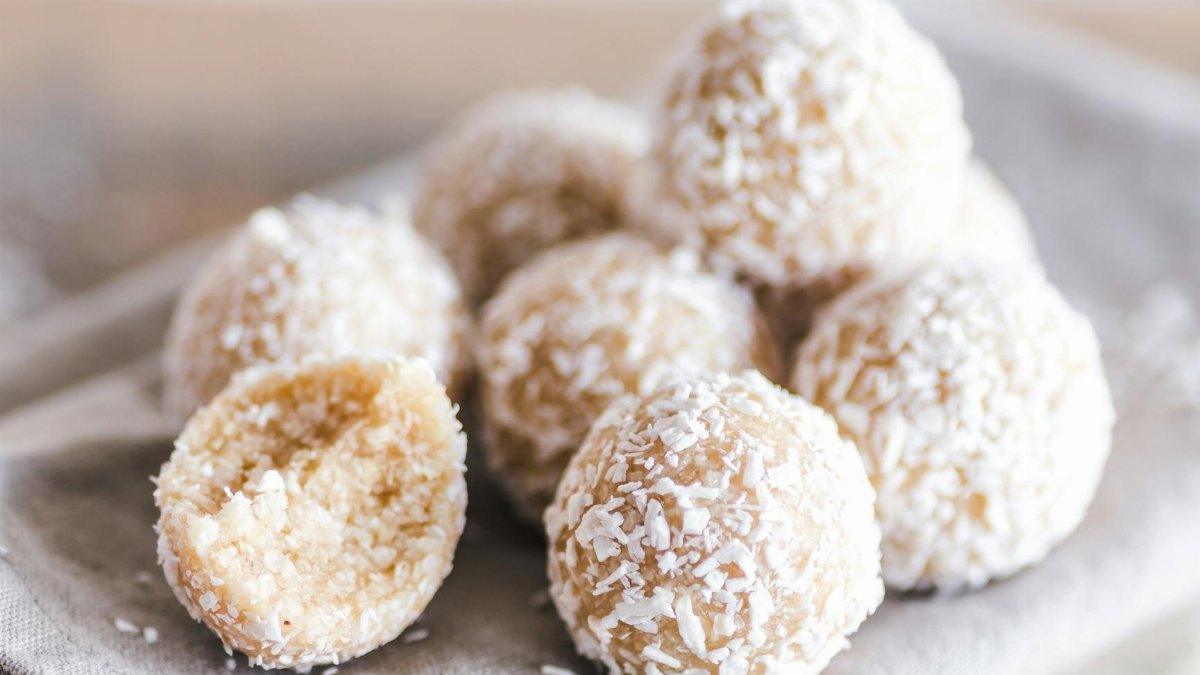
Sweet potatoes, with a GI of 44-61 depending on cooking method, offer a sweet spot for pre-workout fuel. Baked or boiled, they provide slow-digesting carbs. A medium-sized one, eaten an hour before, can carry you through. The CSID Cares Organization notes their rich nutrient profile, including antioxidants. They’re a favorite for runners needing steady stamina.
Imagine slicing one up with a sprinkle of cinnamon—it’s comfort food with a purpose. They’re easy to batch-cook for the week. Just don’t fry them; it bumps up the GI.
5. Oats: The Classic Endurance Choice

Oats have a GI of about 55, making them a reliable pick for long-lasting energy. A bowl of rolled oats with nuts or fruit is a time-tested option. They release glucose slowly, as backed by research from the NIH. Many marathoners swear by oatmeal two hours before a race. It’s not just nostalgia—it’s science.
In a small Ohio town, a group of early-morning joggers trades recipes for overnight oats. It’s less about trend and more about what works. Keep portions moderate to avoid feeling weighed down.
6. Apples: A Low-GI Fruit Fix
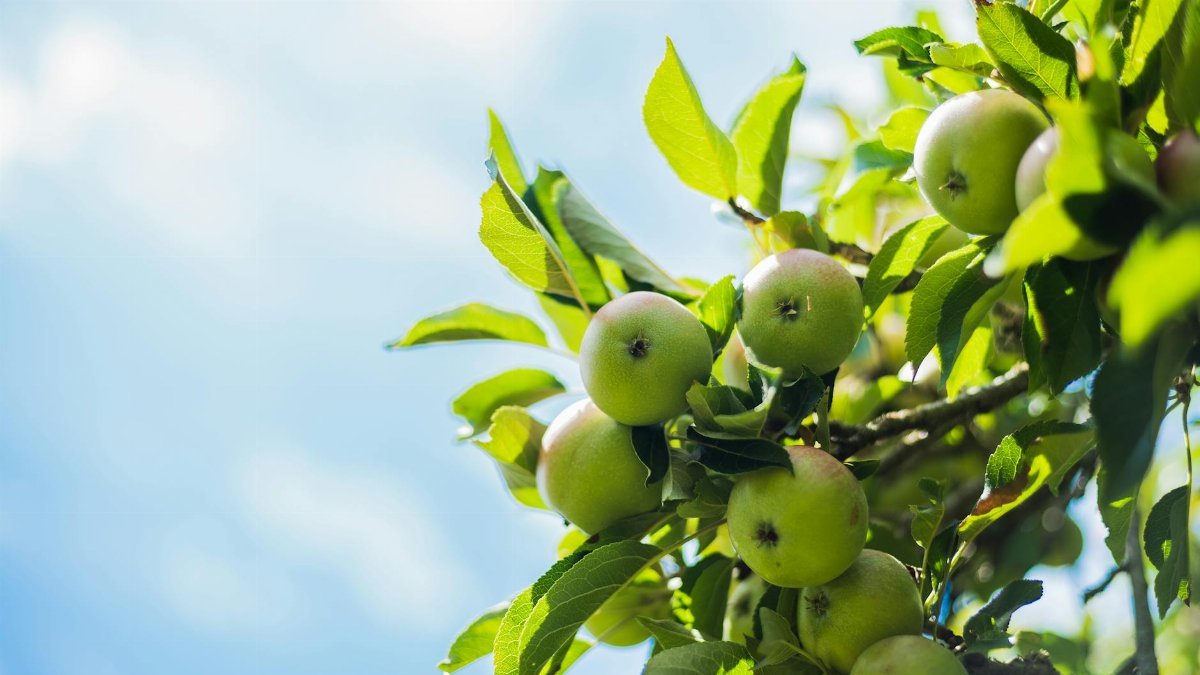
Apples score around 36 on the GI scale, a solid choice for a light pre-workout bite. Pair one with a spoonful of peanut butter for a balance of carbs and fat. They’re portable, perfect for a quick gym trip. Studies show their fiber content helps manage blood sugar spikes.
Picture a teacher in Atlanta grabbing an apple from their desk before an after-school workout. It’s simple, unassuming, effective. The natural sugars give a gentle lift without overdoing it.
7. Pears: Sweet and Sustained
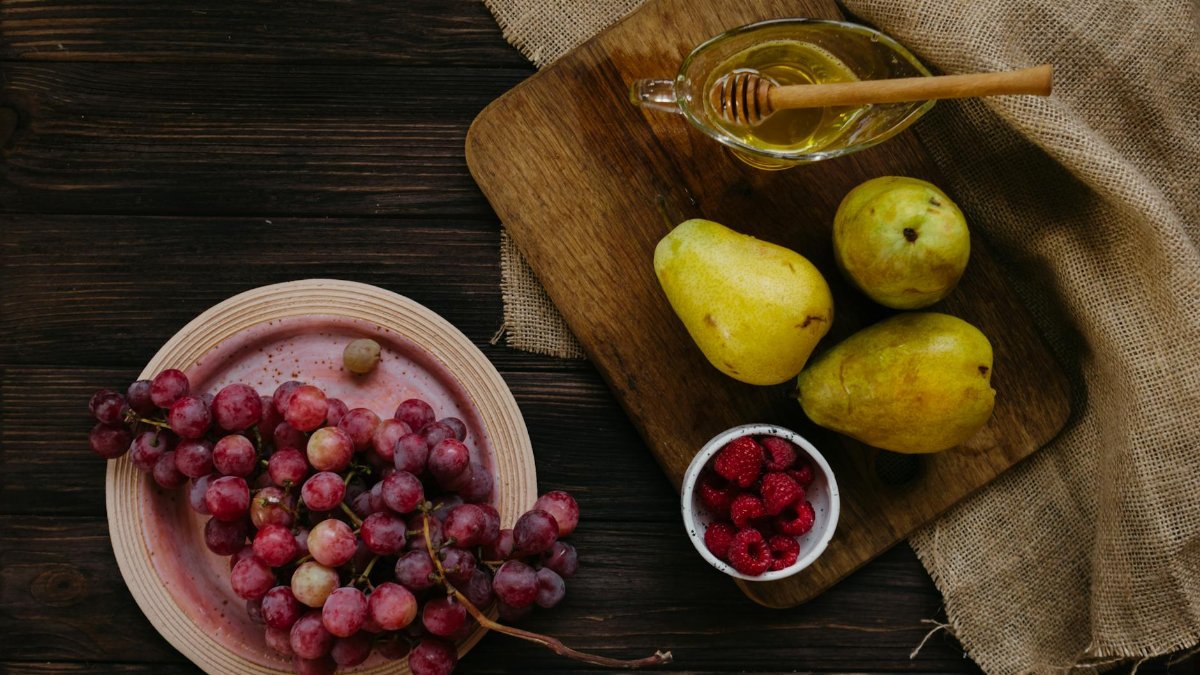
Pears, with a GI of 38, are another fruit that won’t spike blood sugar rapidly. They’re hydrating too, a bonus for sweaty sessions. Slice one up with a handful of almonds for a balanced snack. Their fiber keeps energy even, per nutritional analyses.
They’re often overlooked next to flashier fruits, but pears deliver. A quick rinse, and you’re set. Eat them 30-60 minutes before lighter workouts for optimal effect.
8. Brown Rice: A Hearty Base
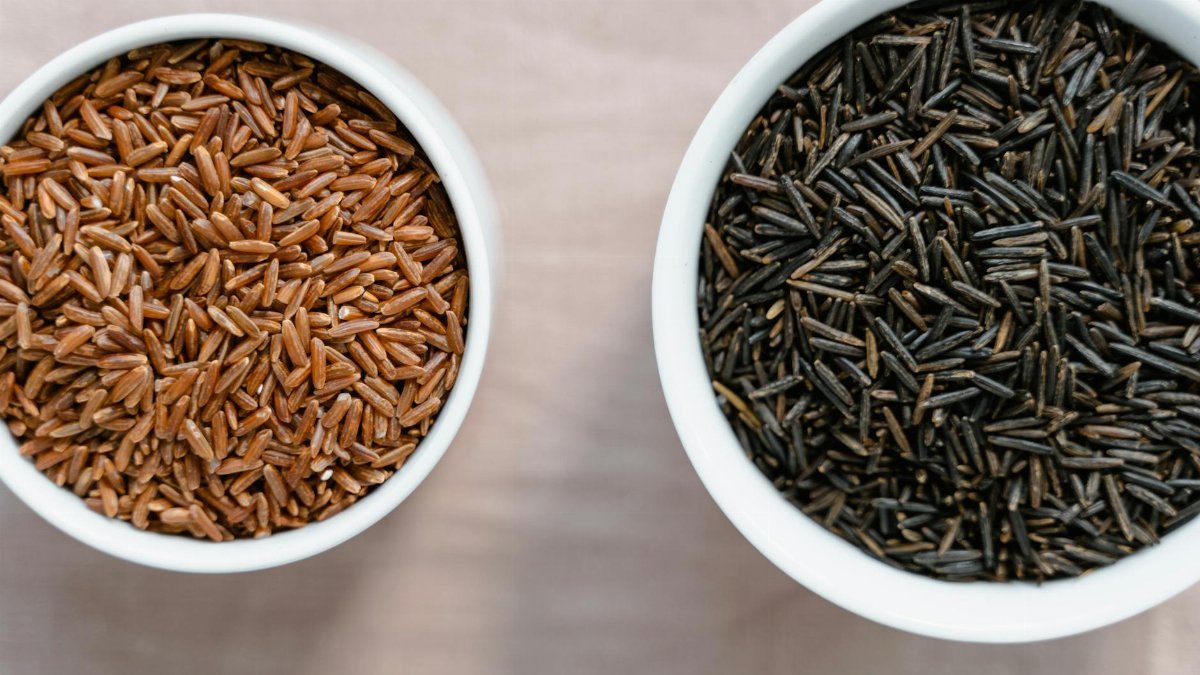
Brown rice, at a GI of 50-55, offers complex carbs for sustained release. A small portion with lean protein works well for intense training. It’s a staple in many households, supported by dietary guidelines for stable energy. Timing is key—aim for two hours pre-workout.
In a bustling Houston kitchen, a CrossFit enthusiast preps rice bowls for the week. It’s less about gourmet and more about reliability. Stick to small servings to avoid sluggishness.
9. Whole-Grain Bread: A Moderate Option
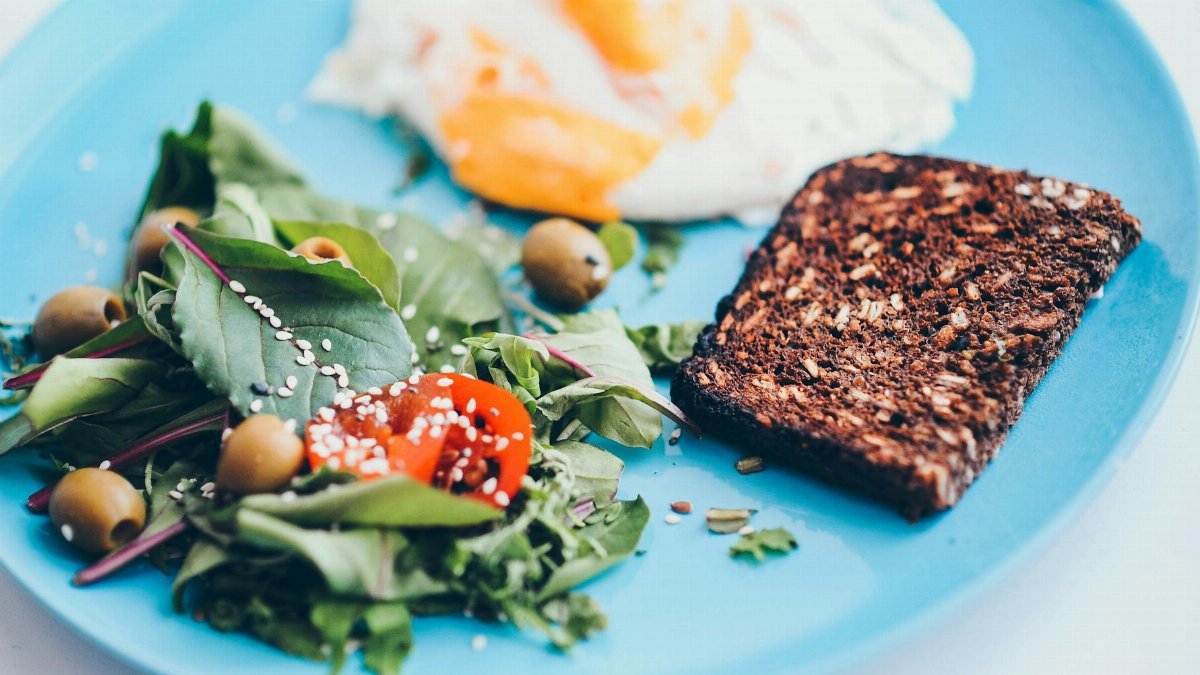
Whole-grain bread has a GI of around 51-69, depending on the brand. A slice with avocado or turkey can fuel a moderate workout. Choose denser, less processed loaves for lower impact. Research confirms whole grains beat refined versions for glucose control.
It’s a go-to for many suburban gym rats rushing from work. Toast it up, add a protein, and you’re ready. Just watch portion sizes—too much can weigh you down.
10. Bananas: The Middle-Ground Boost

Bananas sit at a GI of 42-62, depending on ripeness. They’re a classic for quick carbs and potassium, great for muscle function. One medium banana 30 minutes before works for most. They’re nature’s energy bar, as many athletes note.
Think of a college student in Boston, tossing one in their gym bag. It’s cheap, easy, effective. Pair with a protein shake if you’re pushing hard to balance the spike.
11. White Rice: A Faster Carb
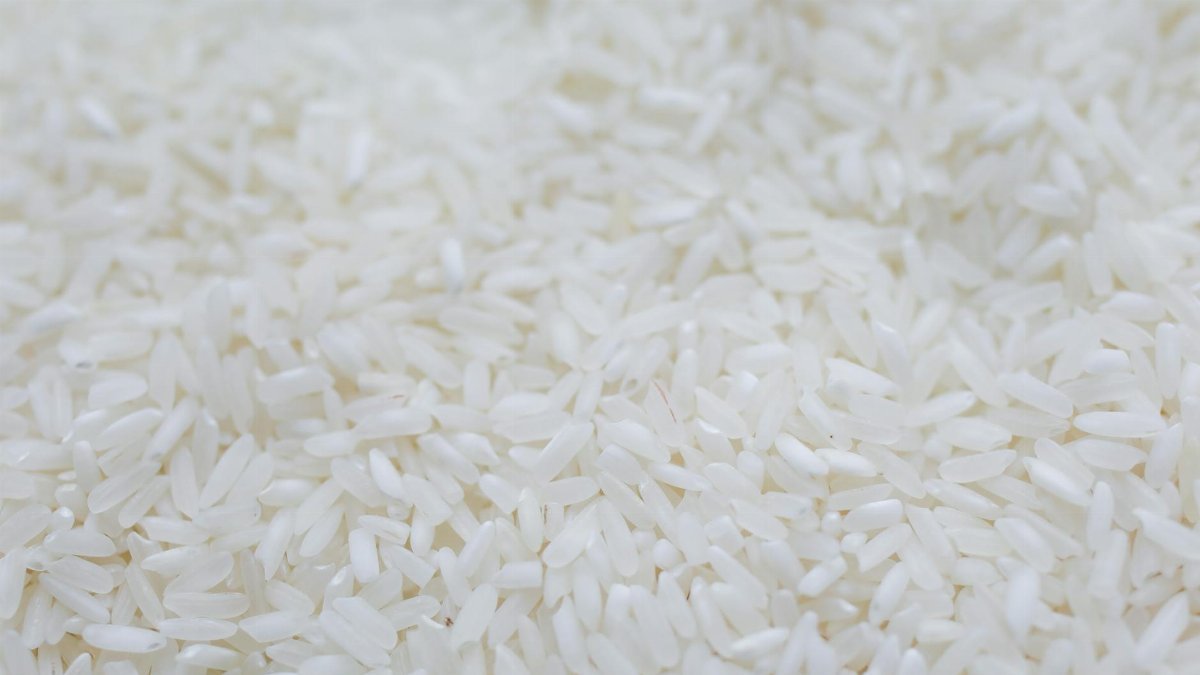
White rice, with a GI of 64-73, starts climbing the scale. It’s quicker to digest, better for short, intense bursts. A small serving can help if you’re low on time. Studies show it raises glucose faster than brown varieties.
It’s a staple for some bodybuilders needing rapid fuel. Think sushi rolls or a quick side dish. Keep it minimal—overdoing it risks a crash.
12. Honey: A Sweet Quick Hit
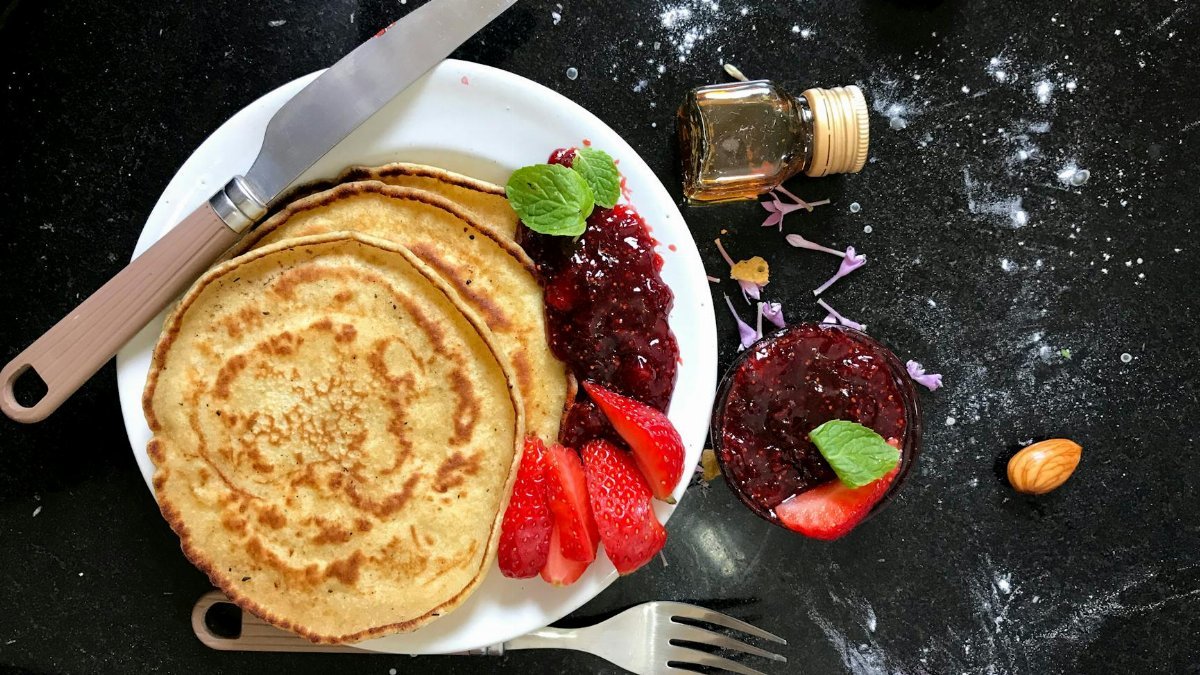
Honey has a GI of around 55-87, varying by type. It’s a fast-acting sugar, useful for immediate energy. A spoonful in tea or on toast can jolt you awake pre-workout. It’s not for endurance, though—use sparingly.
One online account described honey as their “secret weapon” for early cardio. It’s a burst, not a sustain. Perfect for a 20-minute HIIT, less so for a marathon.
13. White Bread: High and Fast

White bread, with a GI of 70-85, spikes blood sugar quickly. It’s not ideal for most, but can work for ultra-short sessions needing instant fuel. A slice with jam might do in a pinch. Research warns against regular reliance due to crashes.
It’s the fallback for many in a rush. Convenient, yes, but risky. Use only if you’re minutes from starting and have no better options.
14. Sports Drinks: The Rapid Spike

Sports drinks top the list with a GI often above 78. They’re designed for quick glucose delivery, suited for mid-workout or emergencies. Pre-workout, they’re overkill for most. Studies note their high sugar content can lead to uneven energy.
They’re everywhere at gyms, from Miami to Portland. Handy if you’re already depleted, but not a daily pre-workout choice. Water and real food often beat them out.
Navigating pre workout foods glycemic impact isn’t just about numbers—it’s about how your body feels when the weights get heavy or the miles stretch long. These 14 options, ranked from lentils to sports drinks, offer a roadmap. Experiment with timing and portions. Listen to your energy. In 2025, as fitness becomes ever more personalized, understanding this balance could be the edge you didn’t know you needed. Whether you’re a weekend warrior or a seasoned athlete, the right fuel can turn a slog into a triumph.

As an education professional with a background in Biology and Physics, Dr. Christoph Weber is the analytical heart of Fulfilled Humans. He ensures every piece of content is insightful and grounded in credible knowledge.
Disclaimer
The content on this post is for informational purposes only. It is not intended as a substitute for professional health or financial advice. Always seek the guidance of a qualified professional with any questions you may have regarding your health or finances. All information is provided by FulfilledHumans.com (a brand of EgoEase LLC) and is not guaranteed to be complete, accurate, or reliable.
